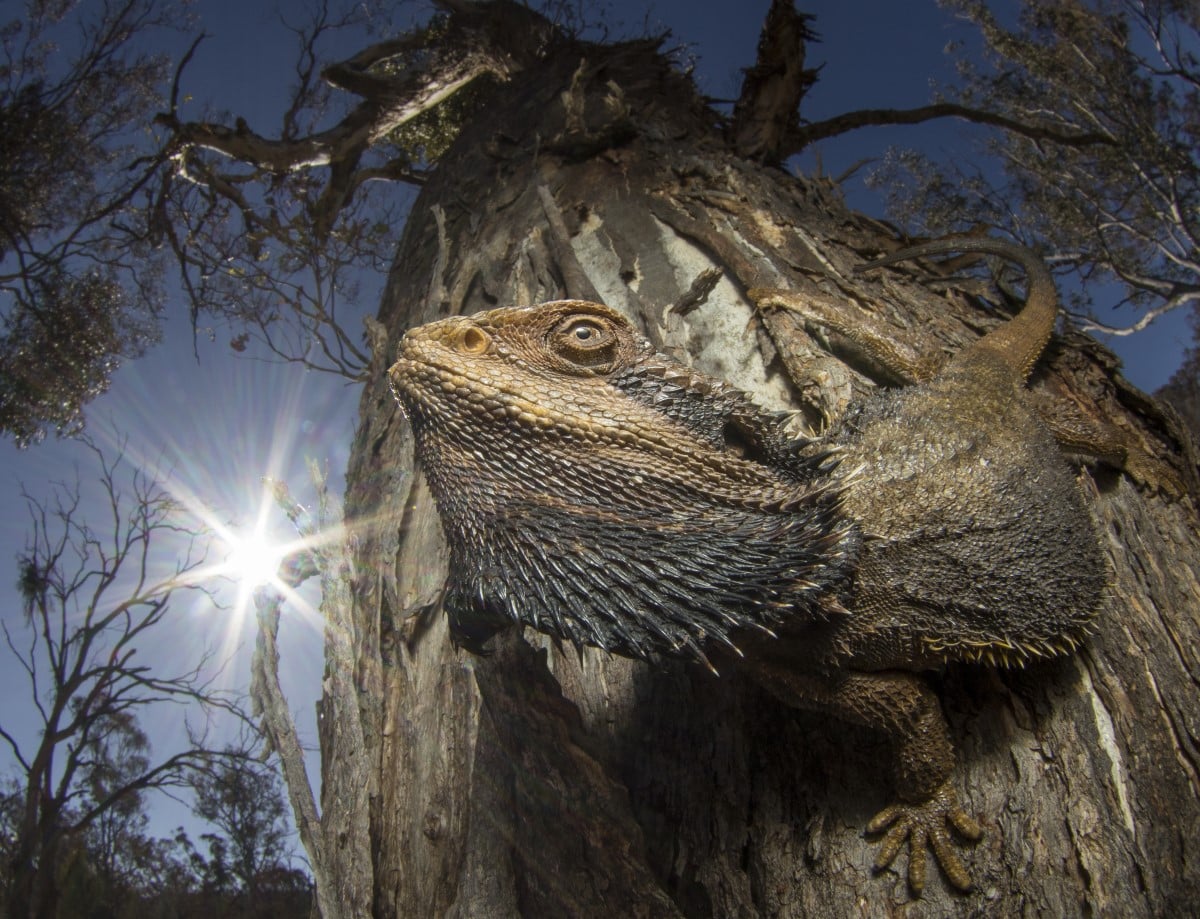
“The Dragon and the Sun” by Damien Esquerre, University of Wollongong. Overall Winner.
“This photo was captured on a sunny summer day in Canberra. Bearded dragons (Pogona barbata) love to bask under the sun in their eucalypt woodland habitat. I used a fish-eye lens to capture the habitat and the sun in the composition to have a detailed portrayal of the lizard’s ecology.”
A striking photo of a bearded dragon basking in the Australian sun has won the British Ecological Society’s Capturing Ecology photo contest. The competition encourages international ecologists, photographers, and students to celebrate the diversity of ecology, capturing flora and fauna from across the globe.
The winning image by biologist Damien Esquerre was taken while on a bushwalk in Canberra. “I saw this dragon basking on the tree, and thought I could use a fish-eye lens, which is an extreme wide angle, to get close to have the dragon as the main subject but include the tree and the sun in the composition,” he shares. “By including the sun, the photo was obviously backlit, so I used a flash to fill the strong shadows and bring some detail into the dragon.”
From Sumatra to Switzerland, all of the category winners highlight the beauty of biodiversity across the globe. Whether telling stories of poaching or highlighting the toll that invasive species can take, each image is a slice of the urgent matters happening in the wild today.
“Photography opens you up to an entirely new perspective. It has the power to inspire individuals, raise awareness, and be the catalyst for whole movements by transporting us into the world of the subject,” shares wildlife photographer Laura Dyer, who helped judge the competition.
“From our inhumane treatment of chimpanzees contrastingly and beautifully blended together in Soul, to the bleaching of the coral reefs in the Red Sea due to rising ocean temperatures highlighted in A Final Survey, to the endangered Eastern Bearded Dragon of Australia that requires the heat from the sun in The Dragon and the Sun, these images capture the breathtaking scope of our natural world and show that there are those amongst us who will use their arts to showcase Earth’s beauty so that we all may transform her future.”
Scroll down to see more exceptional winners from the Capturing Ecology photo contest.
Organized by the British Ecological Society, the Capturing Ecology photo contest celebrates the diversity of ecology.
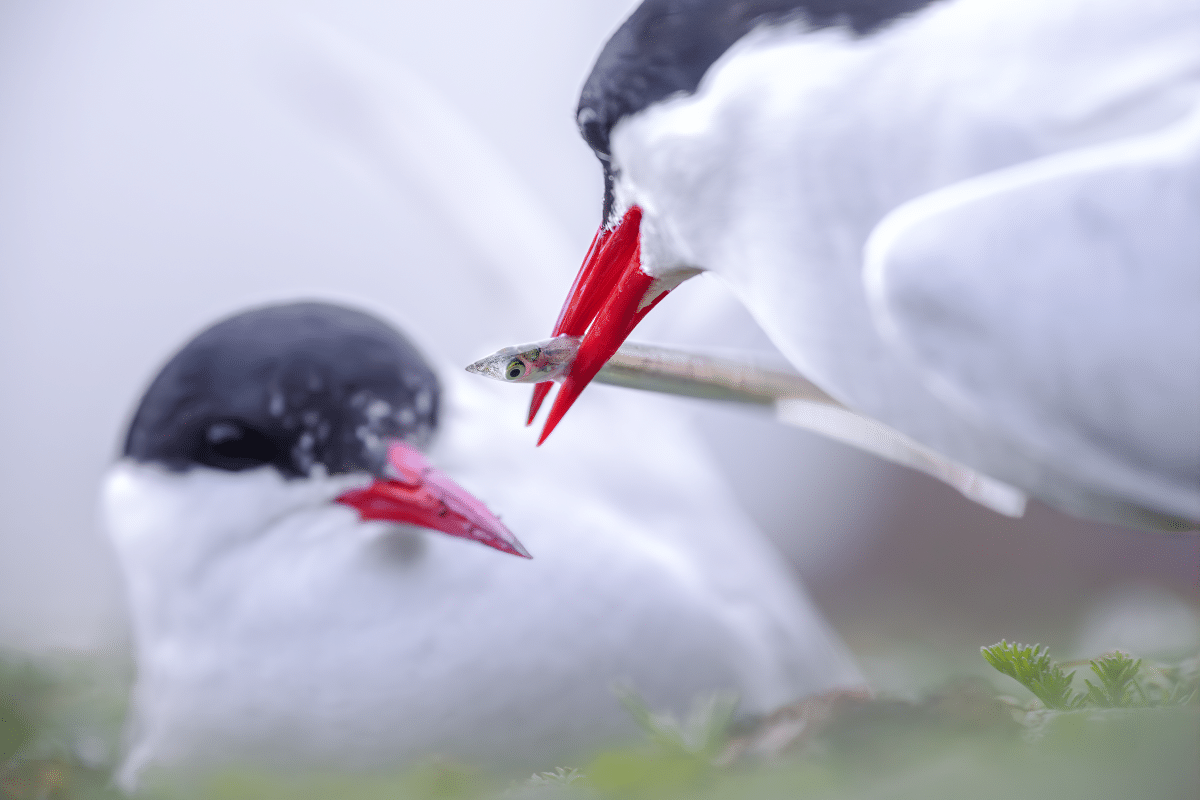
“Fisheye perspective” by Filip Jarzynski, The University of Edinburgh. Student Winner, Networks in Nature.
“The relationship between Arctic Terns and Sand eels is incredibly close. As part of my work as a warden at the RSPB reserve on the Skerries Islands, I have been monitoring which species of fish the Arctic terns bring in from the sea. The data is collected every season and can give a deep insight into the state of fish stocks. This season, the tern’s main food source were Sand eels, but later on they switched to fish from the Clupeidae family.”
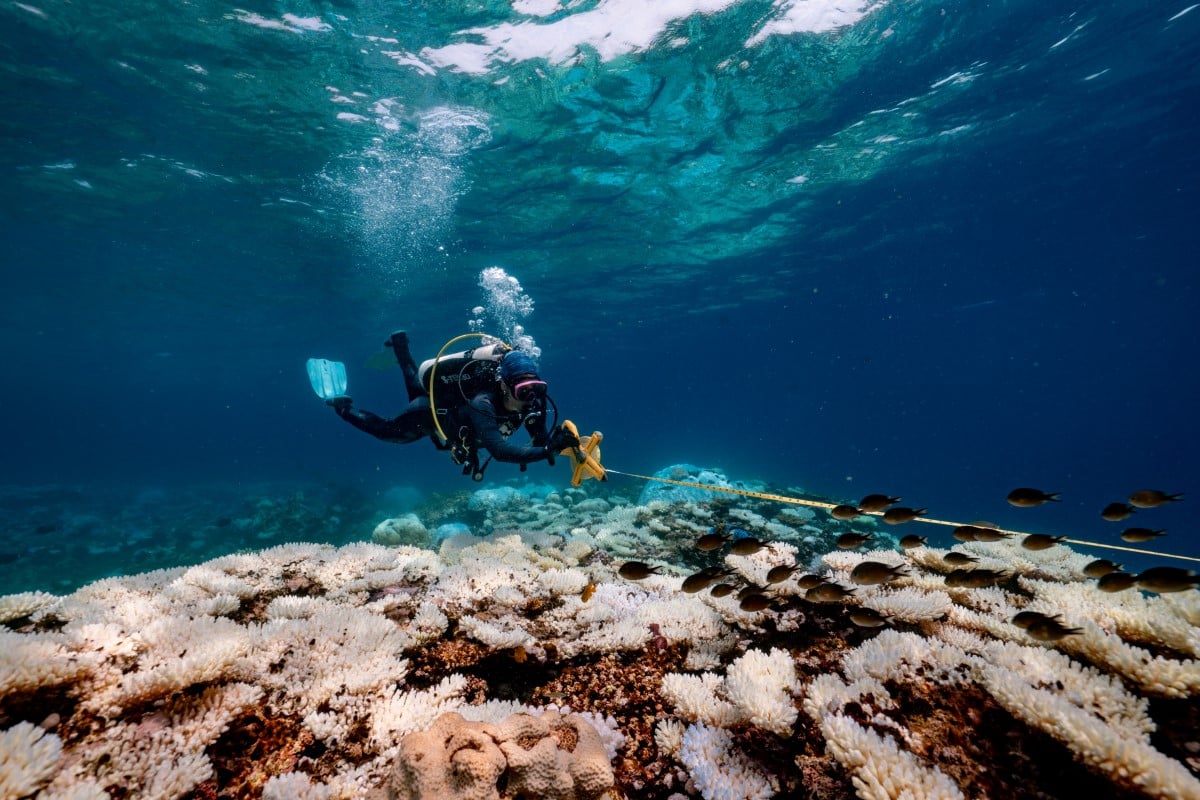
“A final survey” by Viktor Peinemann, KAUST (King Abdullah University of Science and Technology). Student Winner, Ecology in Action.
“A researcher surveys a reef flat in the central Red Sea, with near 100% bleaching. As the central Red Sea experienced record temperatures in 2023, a severe bleaching event unfolded, leading to the death of the majority of shallow corals like those shown in this photo.”
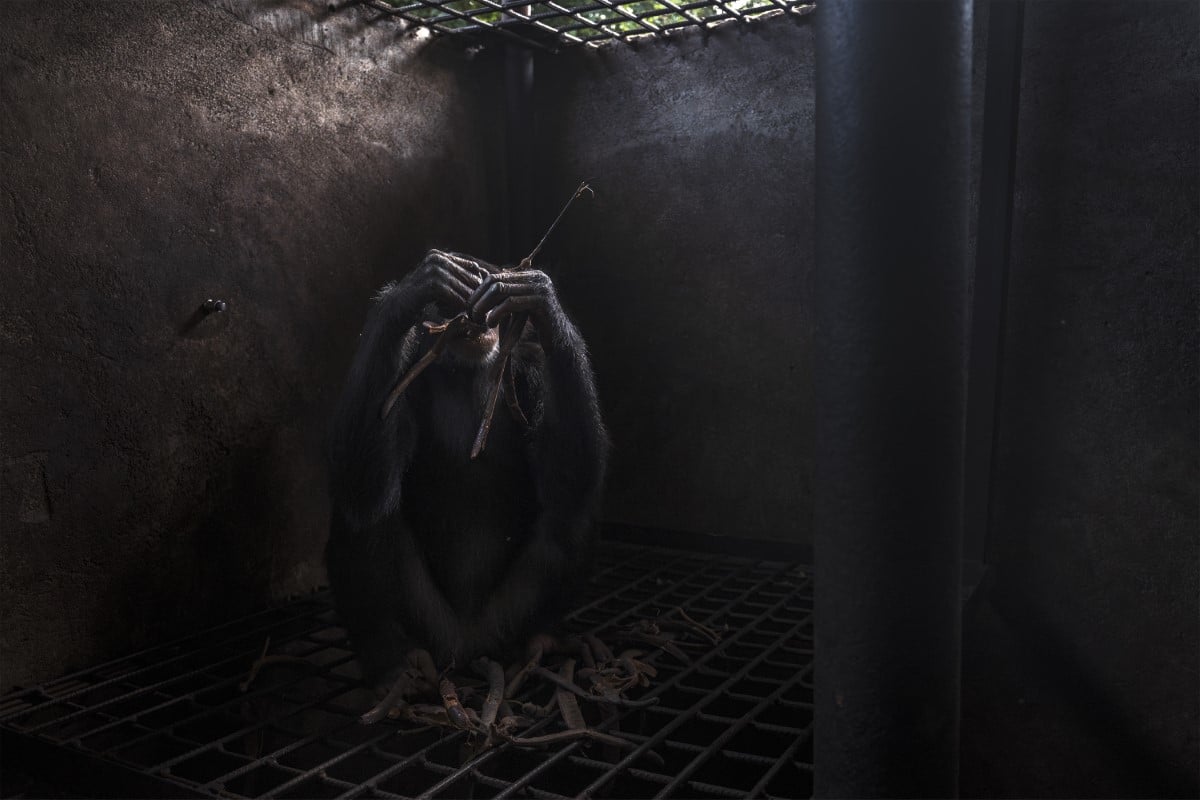
“A soul” by Roberto García-Roa, Department of Biology, Lund University. Winner, People and Nature.
“It is shown here one of the “teenagers” of the critically endangered western chimpanzees (Pan troglodytes verus) that the Chimpanzee Conservation Center have rescued from poachers in the Republic of Guinea. This is the only organization worldwide with a current release project of western chimpanzees into the wild. Nevertheless, this program is in danger because suitable habitats where to release chimpanzees in nature are rapidly disappearing. Sadly, young individuals like the one in the image – his name is Simon – wait in captivity for a future where, if the trend does not change, they will have very difficult to know freedom again.”
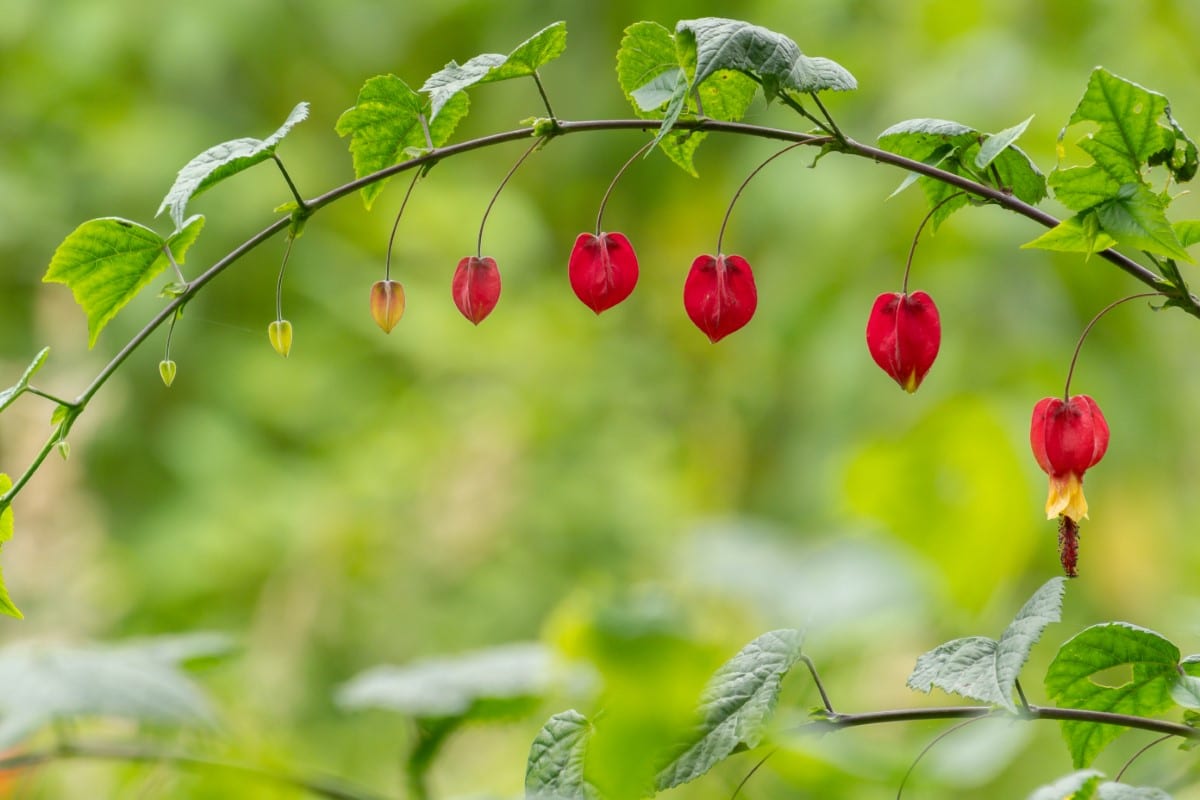
“Lanterns” by Danni Thompson, University of Aberdeen. Overall Runner-up.
“During a walk through the high-altitude forest in Ecuador, I came across a beautiful flowering shrub (Abutilon megapotamicum) at the edge. I spent some time photographing the light coming through the flowers and then saw this perfect branch displaying flowers at all ages. It was a composition I couldn’t resist.”
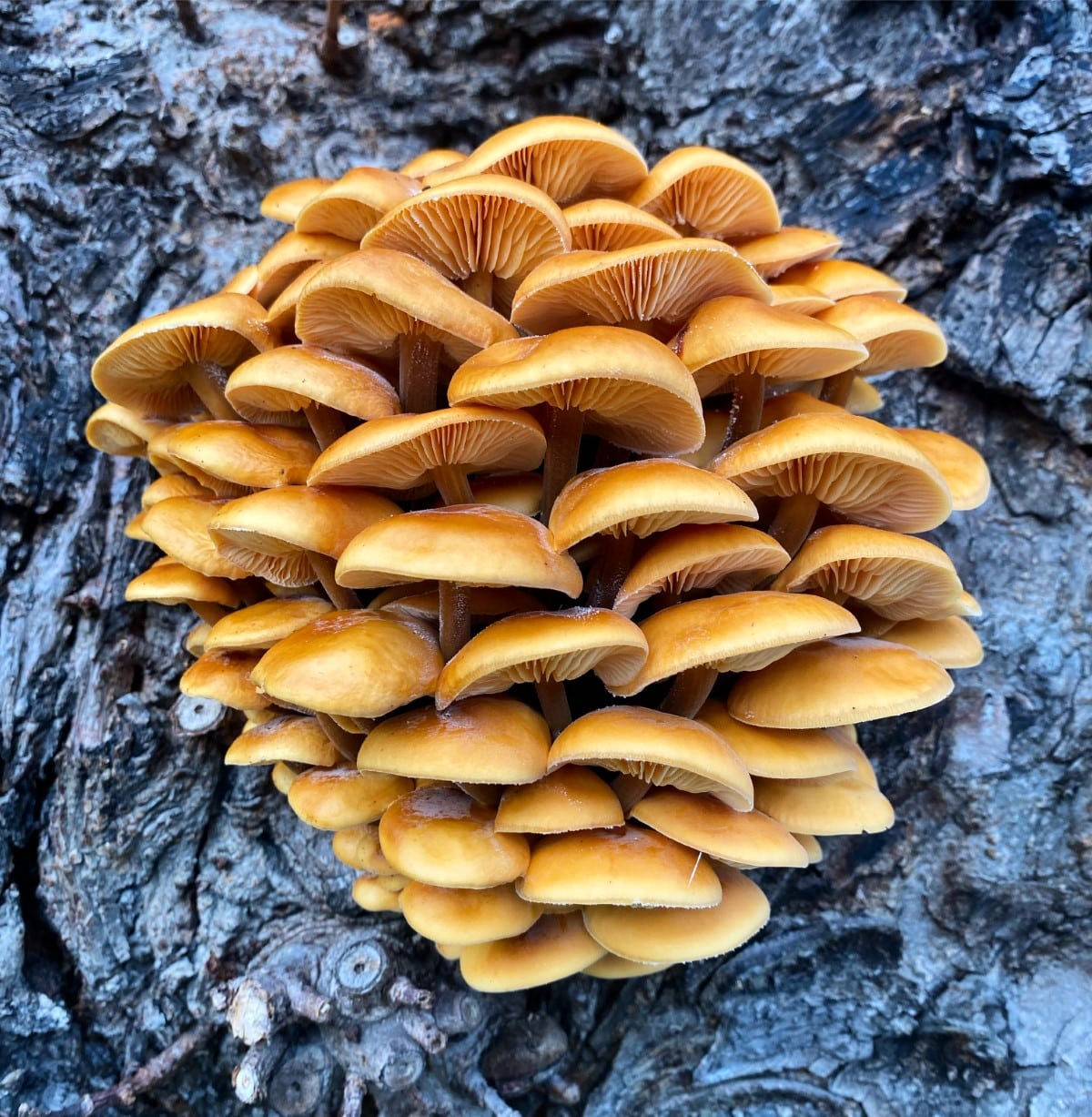
“Early morning thaw” by Jenn Rose, Basque Centre for Climate Change. Winner, Individuals and Populations (Plants and Fungi).
“In the heart of Copenhagen, Denmark, a Flammulina sp. slowly begins to thaw after a crisp November night.”
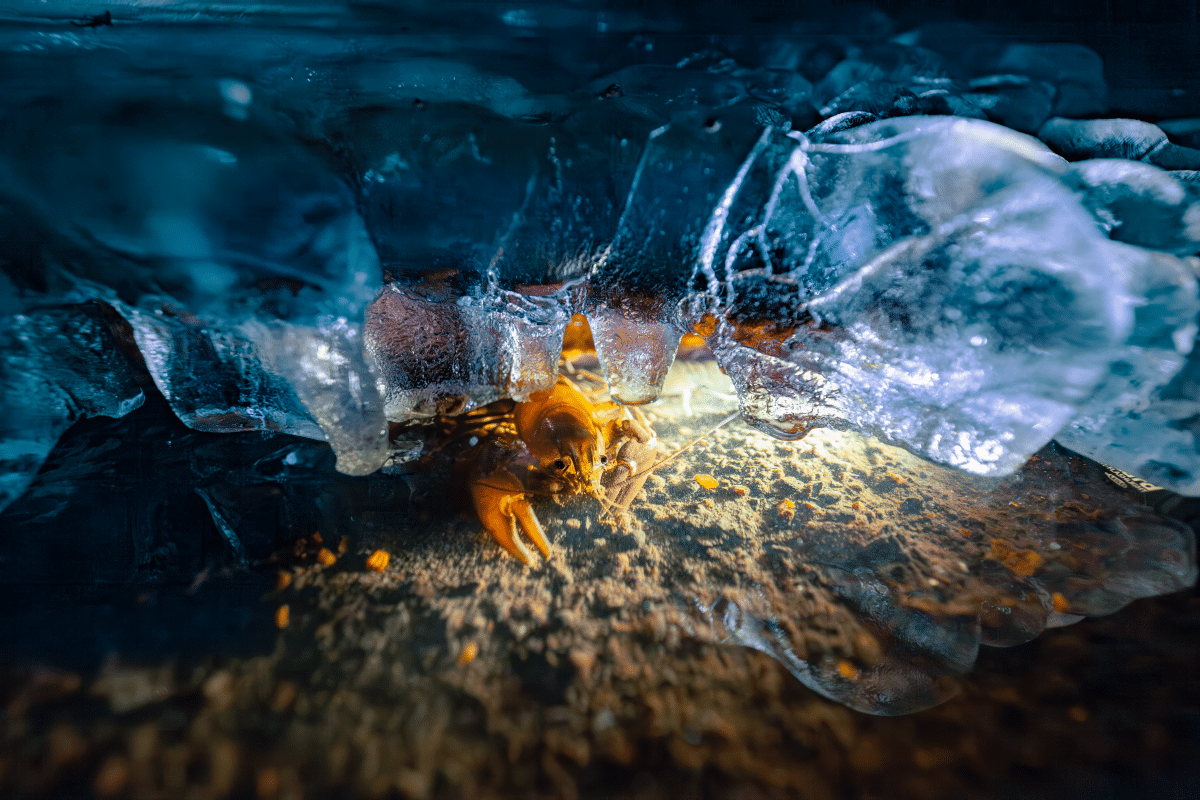
“The Glass Ceiling” by Filip Jarzynski, The University of Edinburgh. Overall Student Winner.
“A Signal Crayfish photographed at an abandoned trout farm building on a freezing New Year’s Eve.”
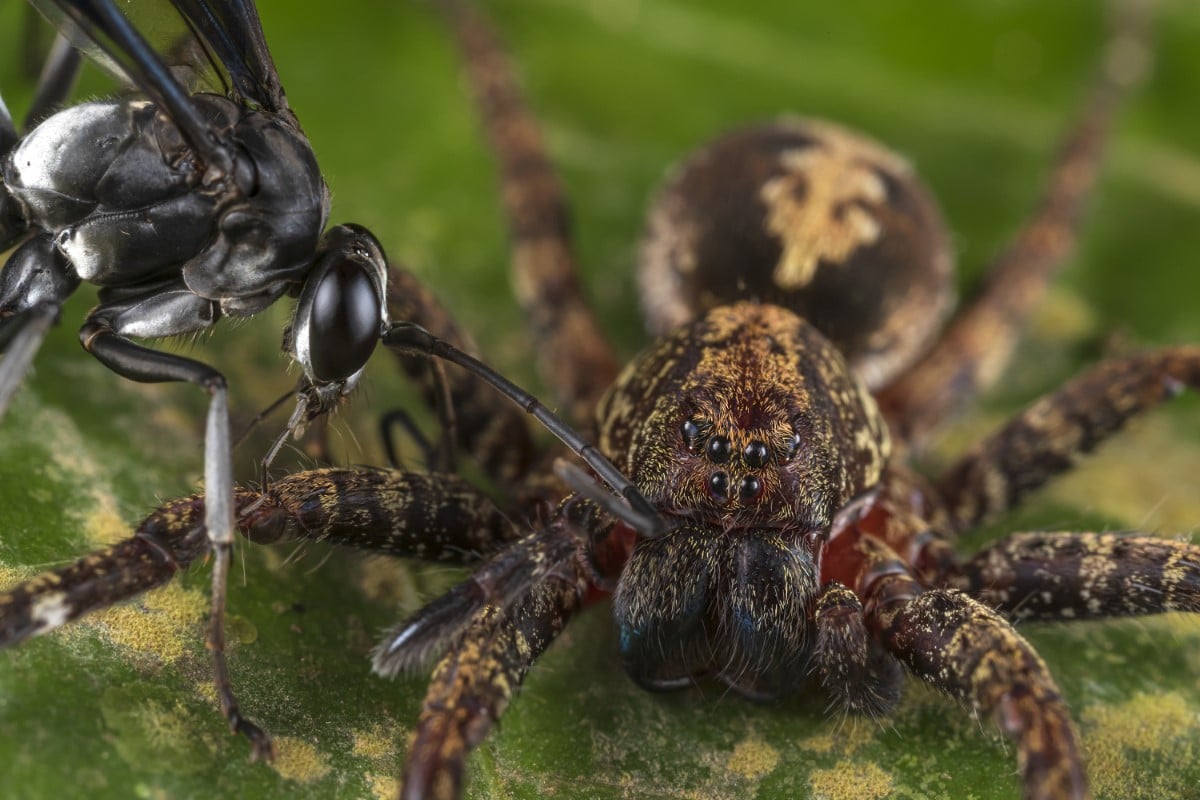
“The hunter becomes hunted” by Roberto García-Roa, Department of Biology, Lund University. Winner, Networks in Nature.
“The frenetic combat between the pompilid wasp and the spider suddenly stopped. A tense calm invaded the scene: “the calm after the storm”, I thought. At that point, a subtle but crucial behaviour for both contenders had begun. The wasp needed to confirm if its sting had paralyzed its dangerous prey before bringing it to her nest. Wasps of the family Pompilidae are called “spider wasps” because females are sophisticated hunters of spiders, which are used as a living food by their offspring. An arm race between two groups of iconic hunters in the tropical forests of Peru.”
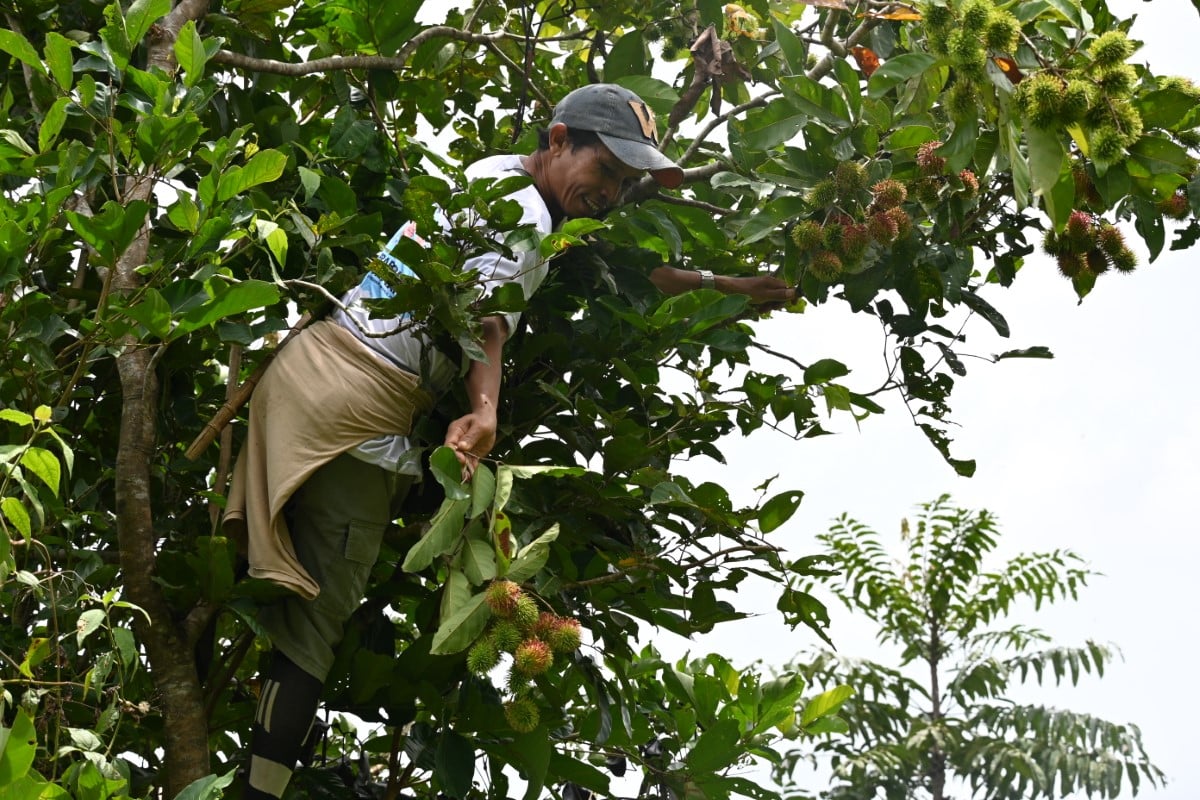
“Fruit trees for future forests” by Lindsay Banin, UK Centre for Ecology & Hydrology, Edinburgh. Winner, Regenerative Agriculture.
“Village communities in Indonesia are enhancing cover of multi-purpose tree species in cleared areas to improve ecosystem health and function whilst also providing nutritional and economic benefits to local people. The picture shows an impromptu harvest of some rambutan fruits to accompany lunch in a social forestry area in Sumatra.”
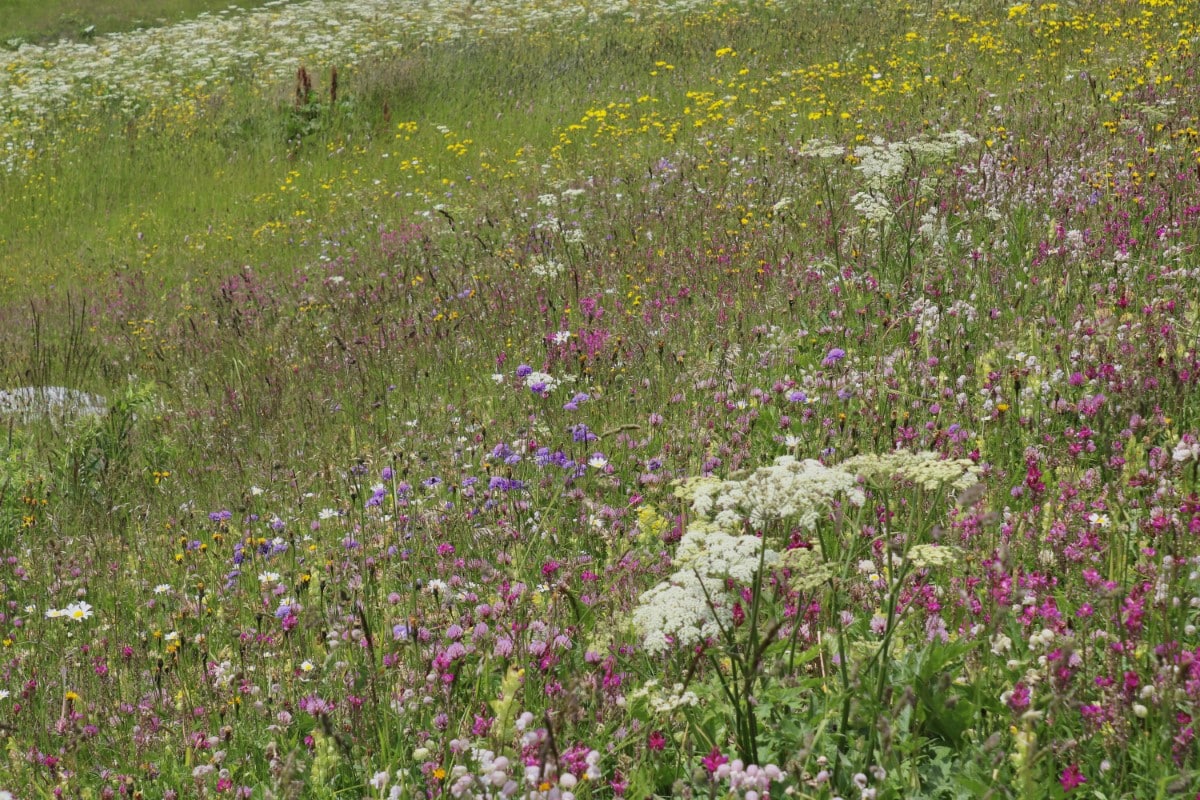
“A Hay Meadow in the Swiss Alps” by Juliet Turner, University of Oxford. Student Winner, Regenerative Agriculture.
“A biodiverse meadow is a beautiful sight, but the UK has lost 97% of its wildflower meadows since the 1930s. Overgrazing and excessive fertilisation degrade the ecosystem. In Switzerland, this meadow is cut only once a year for hay, giving the plants time to flower and spread their seeds”
